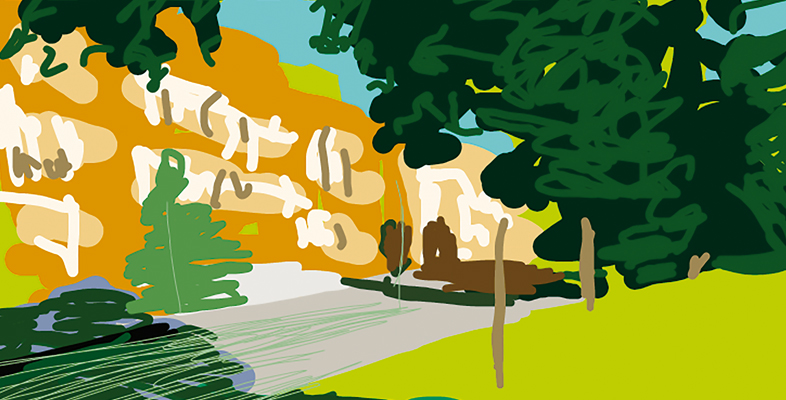4.2 Output of design ideas
The previous section talked about gathering data about the design context (user, activity and environment). We can consider this data as a form of input into the design process as a whole. This data can be used by the designers and helps them come up with ideas for designs that they can then discuss with users and other stakeholders. These design ideas, often in the form of sketches or prototypes, can be considered the output of the interaction design process.
Essentially, through making sketches and prototypes, designers have developed ways to help them express their understanding of the design context as it evolves and to convey their designs. For designers, these are a way to externalise their thinking, making their ideas visible and therefore available to others for scrutiny and discussion. This is why sketching and prototyping play such an important role during the designers’ process of conceptualisation: they allow designers to verify their ideas, test these with users, and give users and other stakeholders the opportunity to get actively involved in the design process.
